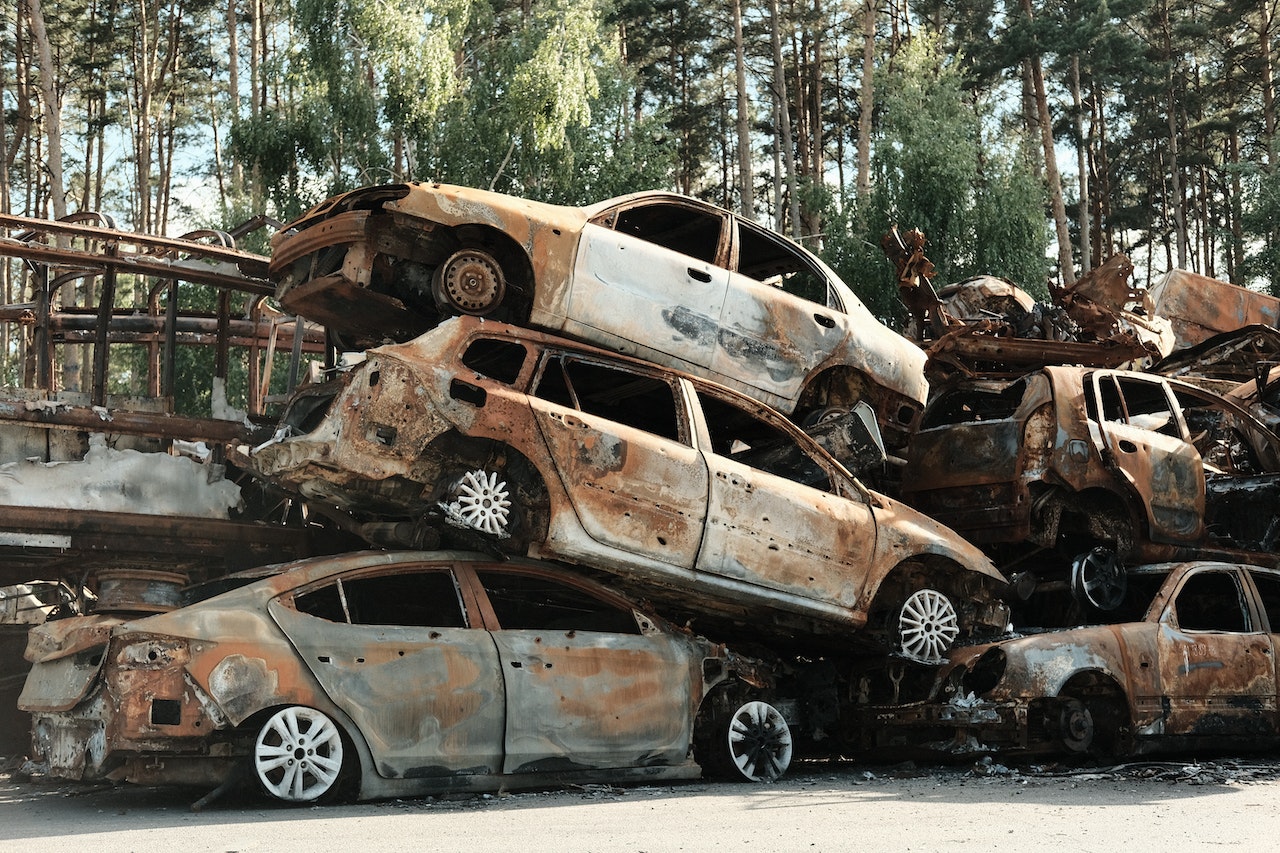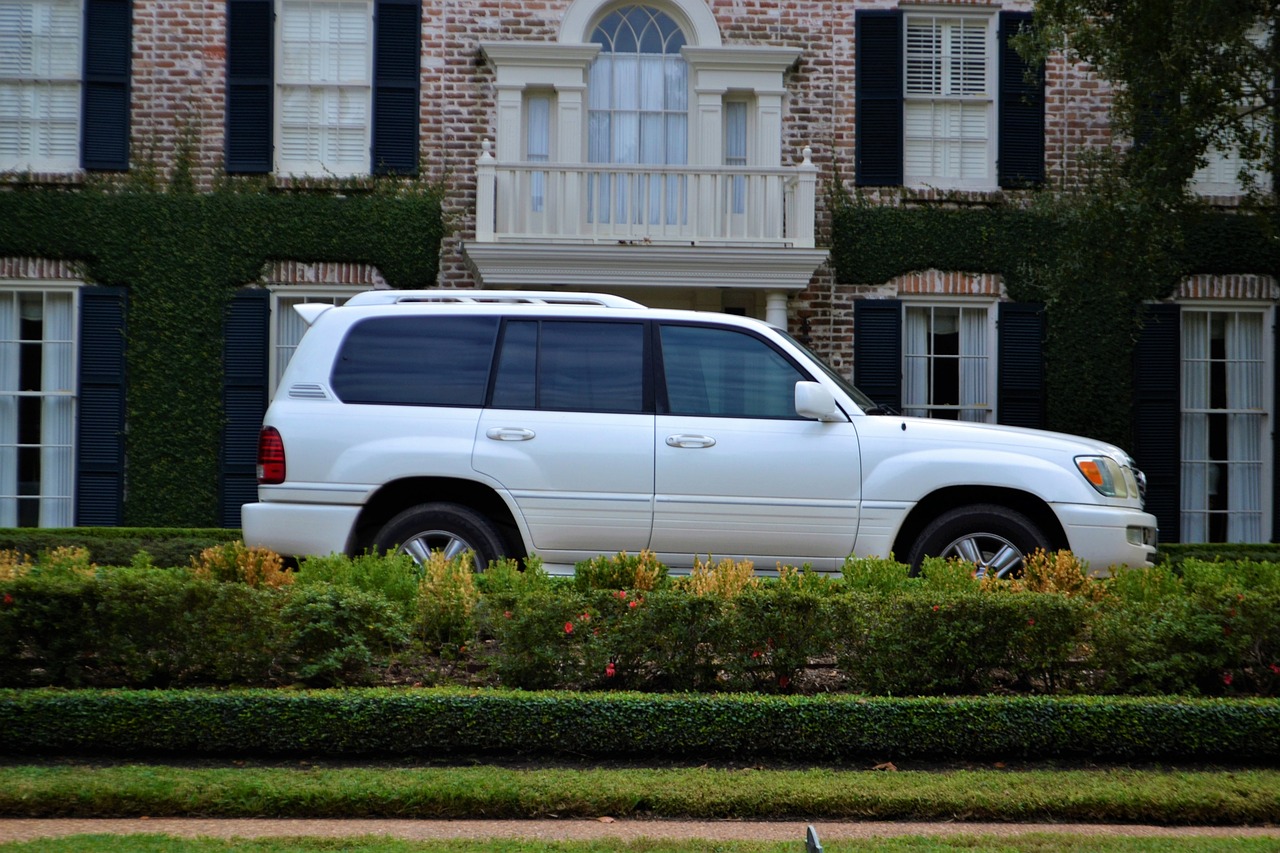Introduction
So you’re thinking about selling your car? That’s great! It’s one of the biggest financial and logistical decisions you can make, and it’s important to take some time to think about it. I’ve put together this checklist to help walk you through the steps of how to prepare a car for sale, how much money you might be able to get in return, and what next steps should happen afterward if things go well.
Less-than-desirable cars can be fixed up, but it’s more costly than you’d think.
- Less-than-desirable cars can be fixed up, but it’s more costly than you’d think.
- Newer cars have better reliability and resale values.
- The most expensive thing about buying a new car is depreciation.
Check of the electrical system is fully functioning
- Check that all the lights are working.
- Test the ignition and starter.
- Test wipers, defrosters, washer fluid sprayers, and other accessories.
- Make sure windows roll up/down without problems (including the sunroof).
- Listen to the stereo system–does it work?
- Contact an auto car electrician to get it inspected.
Install new speakers
- Install new car speakers.
- Replace the stereo.
- Replace the speakers and/or install an amp to power them properly.
- Remove the old stereo and replace it with a new one, if necessary (this involves removing some panels from inside your car). If you’re not sure how to do this safely, ask for help from someone who does know how–you don’t want to accidentally break something expensive!
Determine if you want to keep the car or sell it.
Before you even begin the process of selling your car, it’s important to determine if you want to sell it. If a vehicle is worth more than $500 and has been sitting in your driveway for more than 30 days, then the state of California will consider it abandoned and send a notice to its owner. If this happens, there are fees associated with getting rid of an abandoned vehicle–and they add up quickly!
If selling isn’t your thing or if you don’t have time for all the paperwork involved with selling something on Craigslist or eBay (and let’s face it: most people don’t), then consider donating your vehicle instead. Many organizations accept donations from individuals like yourself who no longer need their old cars but want them taken care of properly before being scrapped into parts or recycled into metal ingots used by industries like construction and manufacturing. In addition to helping out these organizations while saving yourself some money on fees associated with abandoning vehicles at city dumpsites where they’d otherwise end up being buried underground forever (gross!), donating also gives back financially because these groups generally pay cash immediately upon receiving donated cars rather than waiting until later when they sell off everything inside them individually through auction houses such as Copart Inc., which charges upwards toward $800 per unit sold depending on condition level etcetera so maybe think twice before deciding against doing anything at all since maybe just maybe one day soon enough time has passed since purchasing this particular model/year combo type configuration vehicle type thingamajiggy model year whatever else there might be left over after buying new ones plus taxes license plates registration sticker fees insurance payments etcetera
Get your tires checked
- Check the tread depth.
- Look for cracks or splits in the sidewall of your tire.
- Check for uneven wear on your tires. This can indicate alignment issues and should be addressed by a mechanic before you sell your car, as it will affect its value greatly if left unaddressed.
- Ensure that all four wheels have equal pressure and are inflated to 30 psi per tire (or whatever is recommended by whichever brand of tire you’re using).
- Consult with a professional like this tyre service in Broadbeach if you need to change them.
Decide what problems you want to fix.
- Prioritize the most important repairs.
- Consider your budget.
- Fixing one or two problems can make a big difference in the value of your car, so don’t be afraid to ask for help if you’re not sure how to proceed.
Refit your front and rear suspension
If your car needs some serious repairs like car suspension replacement, it’s time to start making a list of what needs fixing and then get out there and do the work yourself.
- Check the suspension, shocks, and struts. If they’re worn out or leaking then replace them as they will cost less than having a mechanic fix them.
- Replace springs if they are sagging or broken – this is especially important if you live in an area where there are lots of potholes!
Estimate how much it will cost to fix each problem.
- Estimate how much it will cost to fix each problem.
- Know your car’s value before making repairs.
- Find out what other people have paid for similar repairs.
- Find a reliable mechanic who doesn’t try to rip you off and knows his stuff, or at least find someone with good recommendations from friends and family members who’ve had work done by them in the past (and avoid mechanics who are known for being dishonest).
Assess your budget and see if the repair costs fit into your plans.
If you’re going to spend money on a car, it’s best not to spend more than the car is worth. If your repairs are going to cost more than what the vehicle is worth, then it would be better for both parties if you did not purchase or sell that particular vehicle.
This step is crucial because many people often underestimate how much work will need to be done before they can even start selling their vehicle. They might think that all they need is a new transmission or engine and then everything else will be fine–and sometimes this is true! But there are also plenty of times when something else breaks down after these major repairs have been made (and believe me: I’ve seen it happen).
Fix the problems that are a priority and won’t break the bank.
Prioritize the problems in order of importance and cost.
What are the most important things that need to be fixed? What will cost the least amount of money to fix? If you’re not sure about how much something might cost, call a few mechanics or do some quick research online.
If you don’t have time for this step before selling your car, make sure that when someone comes to see it in person they can tell at a glance whether or not there are any obvious issues (for example: if there’s rust on one side but not the other). That way they won’t waste time trying out any tests that may seem unnecessary after seeing everything else firsthand!
Before spending anything, find out what the car is worth by looking at other similar models in the area and comparing mileage, year, etc.
Before spending anything, find out what the car is worth by looking at other similar models in the area and comparing mileage, year, etc. You can get a rough idea of its value by looking at similar models in the area. You can also get an estimate from a professional car valuation website like Kelley Blue Book or Edmunds.com. In addition to this information, you should also search for other people selling their cars on websites like Craigslist or eBay Motors so that you have an idea of what people are asking for theirs–and if it’s reasonable compared to those sites’ estimates!
Consider getting a professional inspection on the vehicle before listing it for sale online.
If you’re going to be selling your car online, you must do some research first. A professional inspection can help determine the condition of your vehicle and whether or not there are any major problems with it. Not only will this save you money in the long run (you’ll avoid scams and frauds), but it will also give buyers a better understanding of how well-maintained their potential purchase is. Finally, having an expert look over their potential purchase before they buy it means they’ll likely get a fairer price for their vehicle when they decide to sell their own!
Take high-quality photos for online listings.
When you’re selling your car, it’s important to take high-quality photos of it. A DSLR camera is best for this purpose. You can also use natural light and take multiple photos from different angles so that potential buyers can see all sides of the vehicle. Be sure to include both interior and exterior shots, as well as one showing off any damage or repairs that have been made since you purchased it (you never know when someone will want to buy an “as-is” vehicle). If there are any cosmetic issues with your ride, like scratches or dents in the body panels or carpet stains on seats, make sure they’re visible in at least one photo!
Get multiple estimates on repairs before settling on a particular shop or mechanic.
Before you get started on the process of selling your car, it’s important to know that getting multiple estimates on repairs is essential. This will help ensure that you’re not paying too much for a repair job and also give you peace of mind when it comes to knowing which shop or mechanic does great work.
To get multiple estimates:
- Research different shops and mechanics in your area by asking friends, family members, and coworkers for recommendations (and referrals from them).
- Ask the potential shop owner how long he has been in business and what kind of warranty he offers on parts and labor.
- Make sure the person who gives you an estimate agrees with the price before having any work done on your vehicle; if not, don’t let them do any work until this issue has been resolved satisfactorily!
You may need to pay more than you think to fix up an old car before selling it, so be sure to consider all options and do your research carefully.
You may need to pay more than you think to fix up an old car before selling it, so be sure to consider all options and do your research carefully.
- Take photos of the car before selling it. If a buyer wants more information about the vehicle, including photos of any damage or wear-and-tear, this will help them make an informed decision about whether it’s worth buying from you or not. You can also add these images as part of an online listing or post them on social media sites like Instagram or Facebook (with permission from the photographer).
- Get multiple estimates on repairs from different mechanics in town who specialize in older vehicles like yours–this way there won’t be any surprises later on!
Conclusion
If you’re looking to sell your car, we hope this checklist helps you get started on the right foot. Remember, it’s always a good idea to do your research before selling anything online or offline. You can use our free valuation tool at Kelley Blue Book to get an idea of what your vehicle is worth based on its condition, mileage, and other factors. We wish you luck with your sale!







